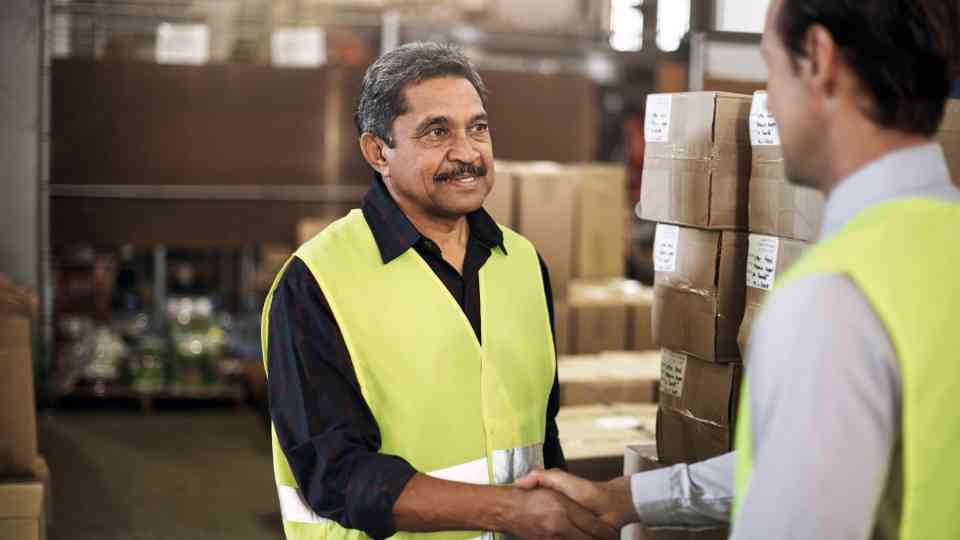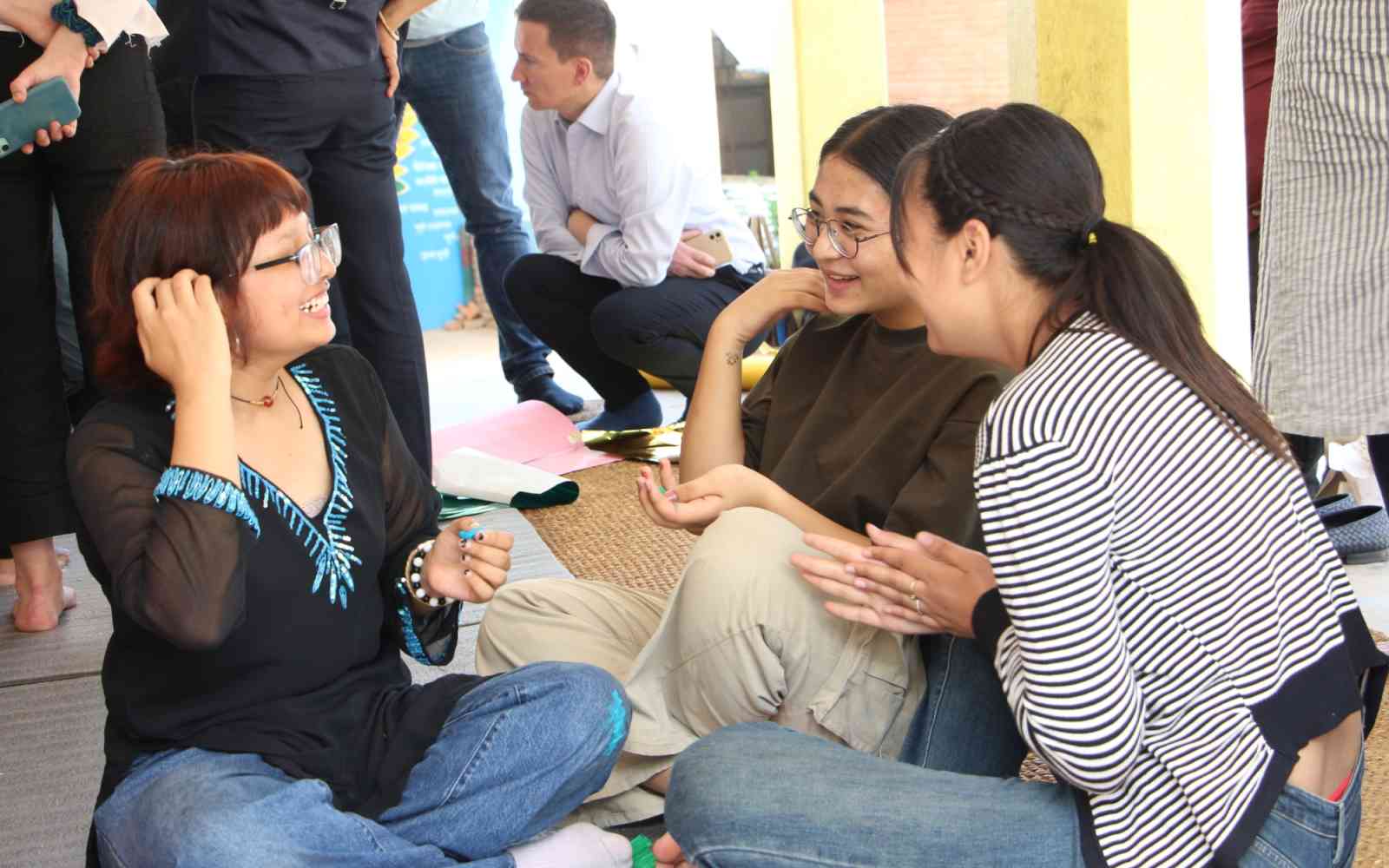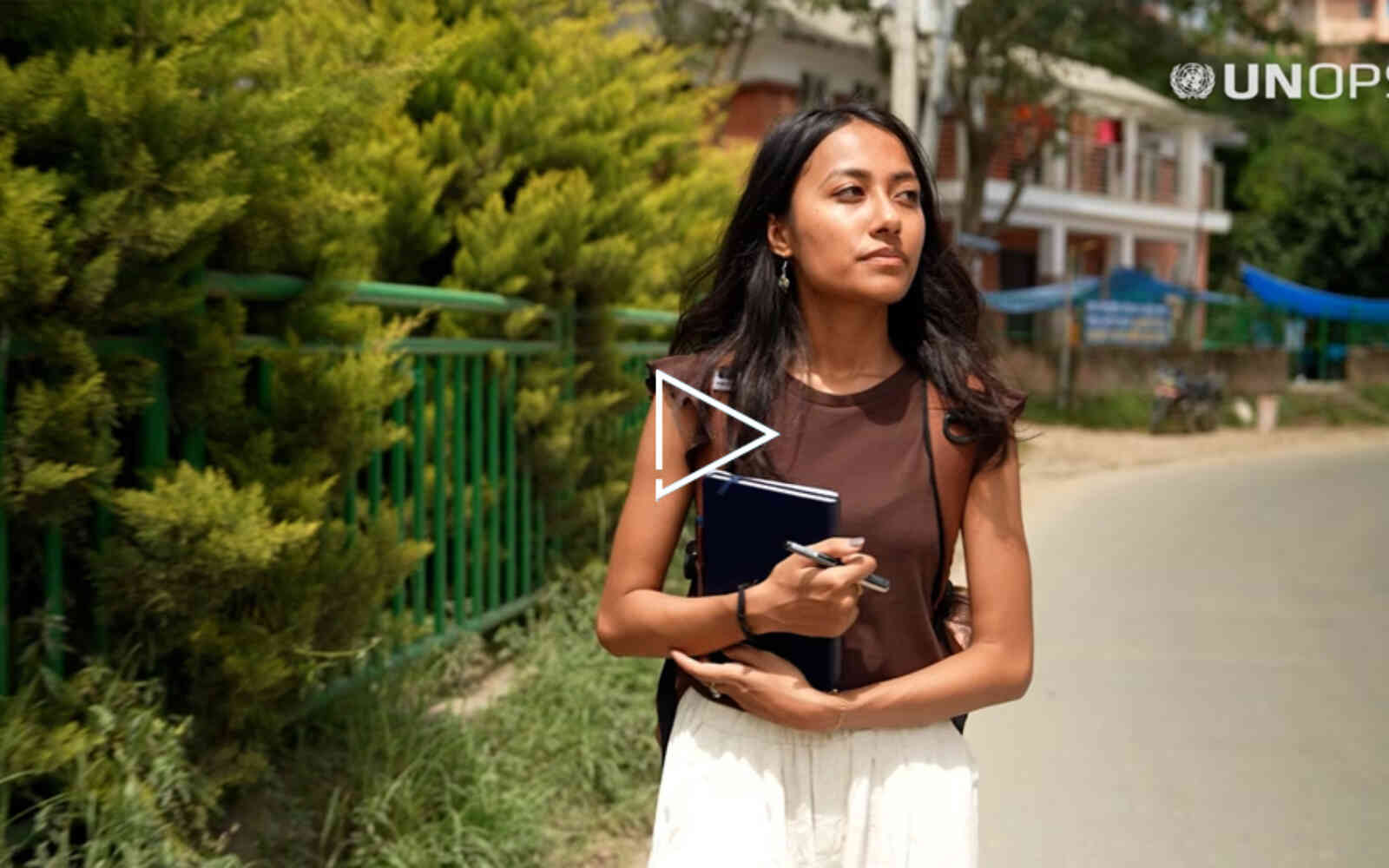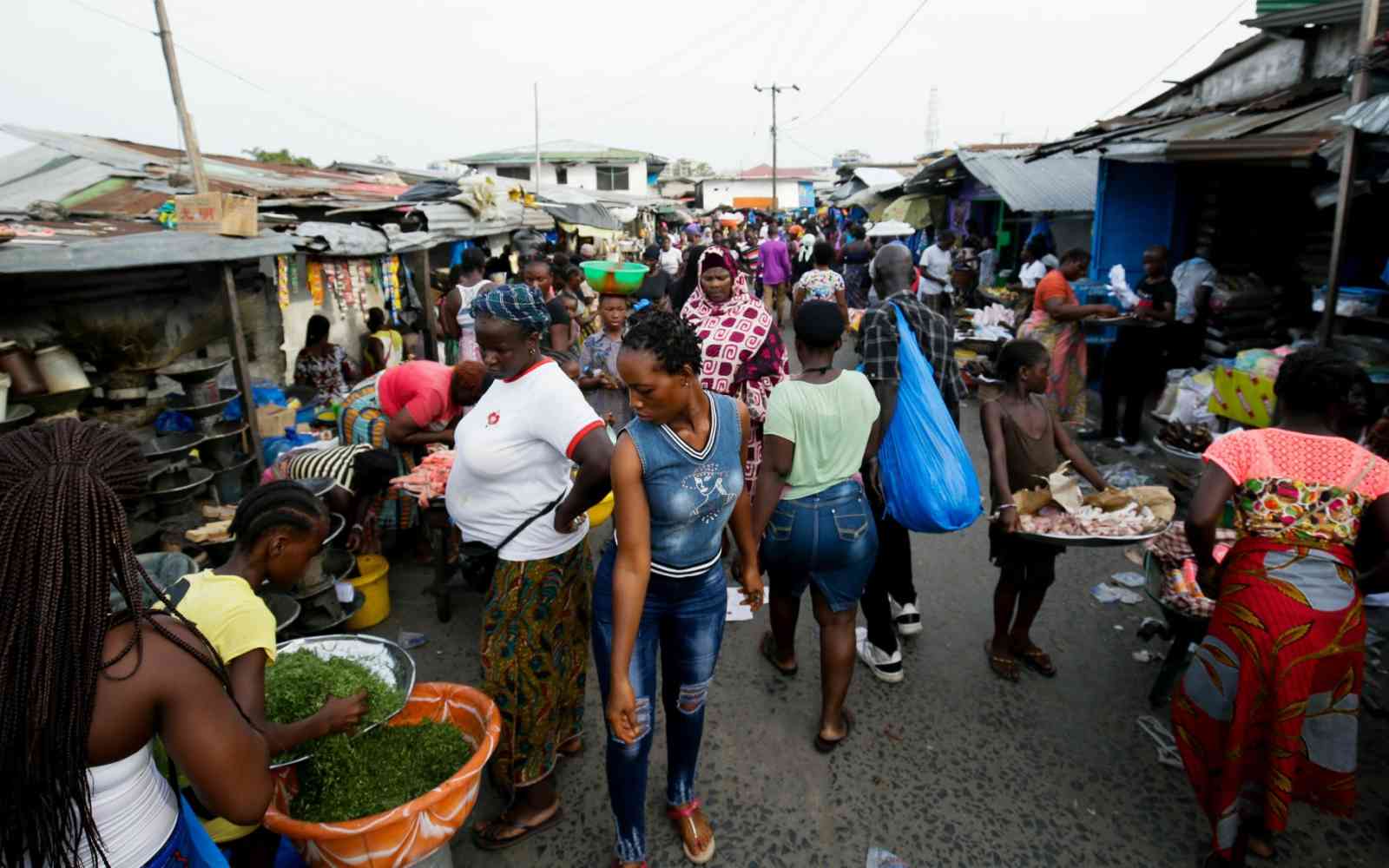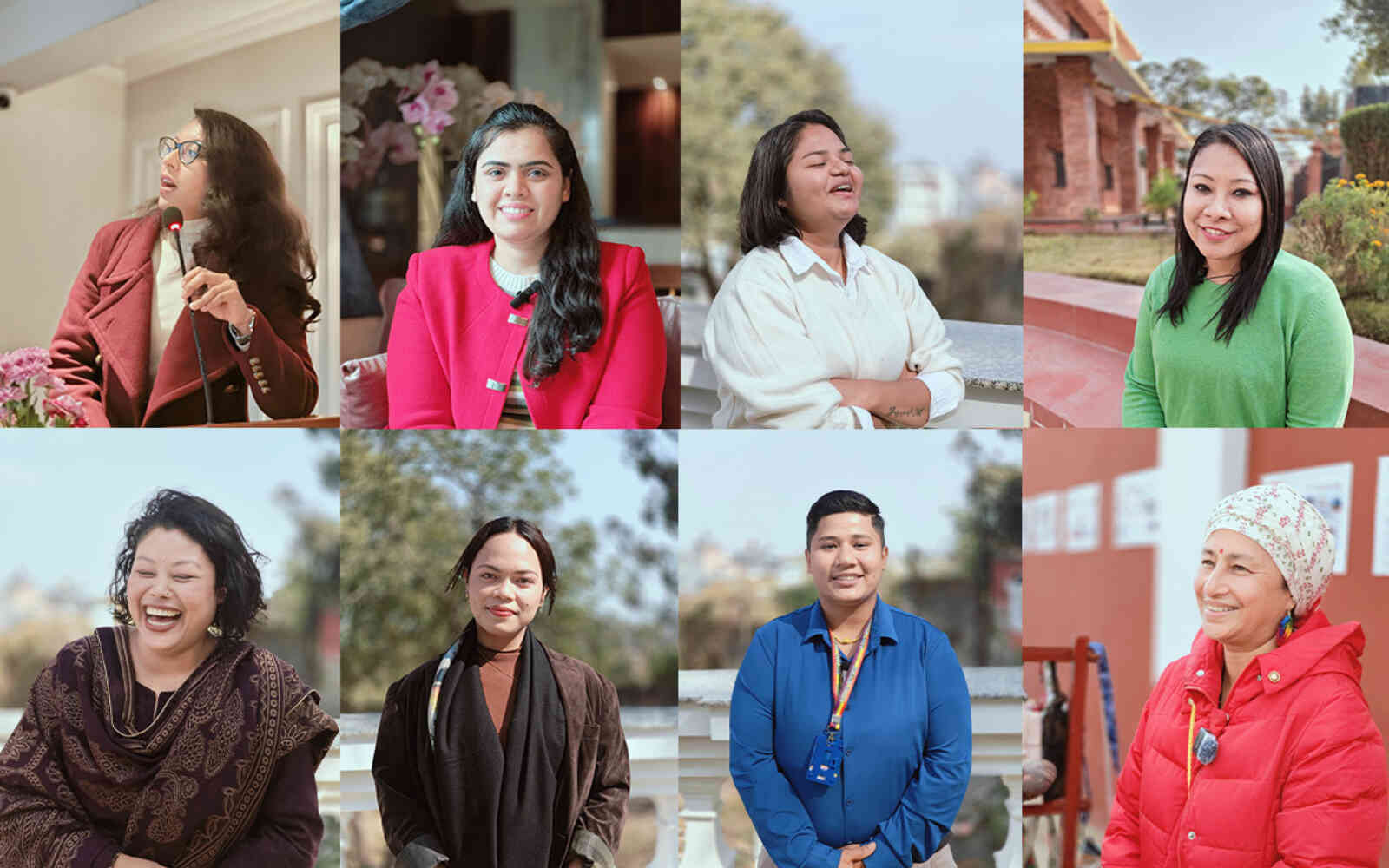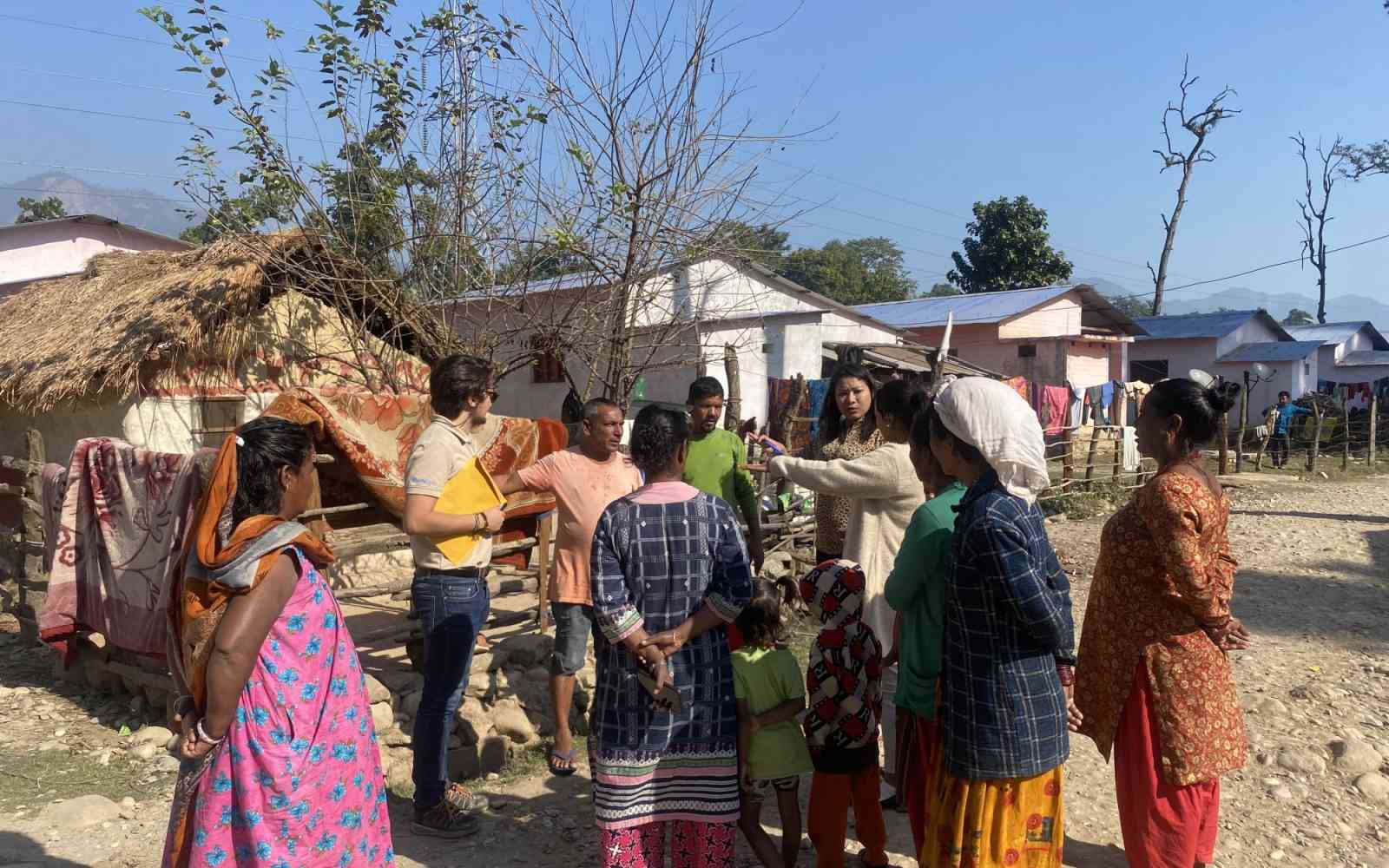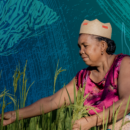The United Nations Office for Project Services (UNOPS)
From data gaps to people-powered cities
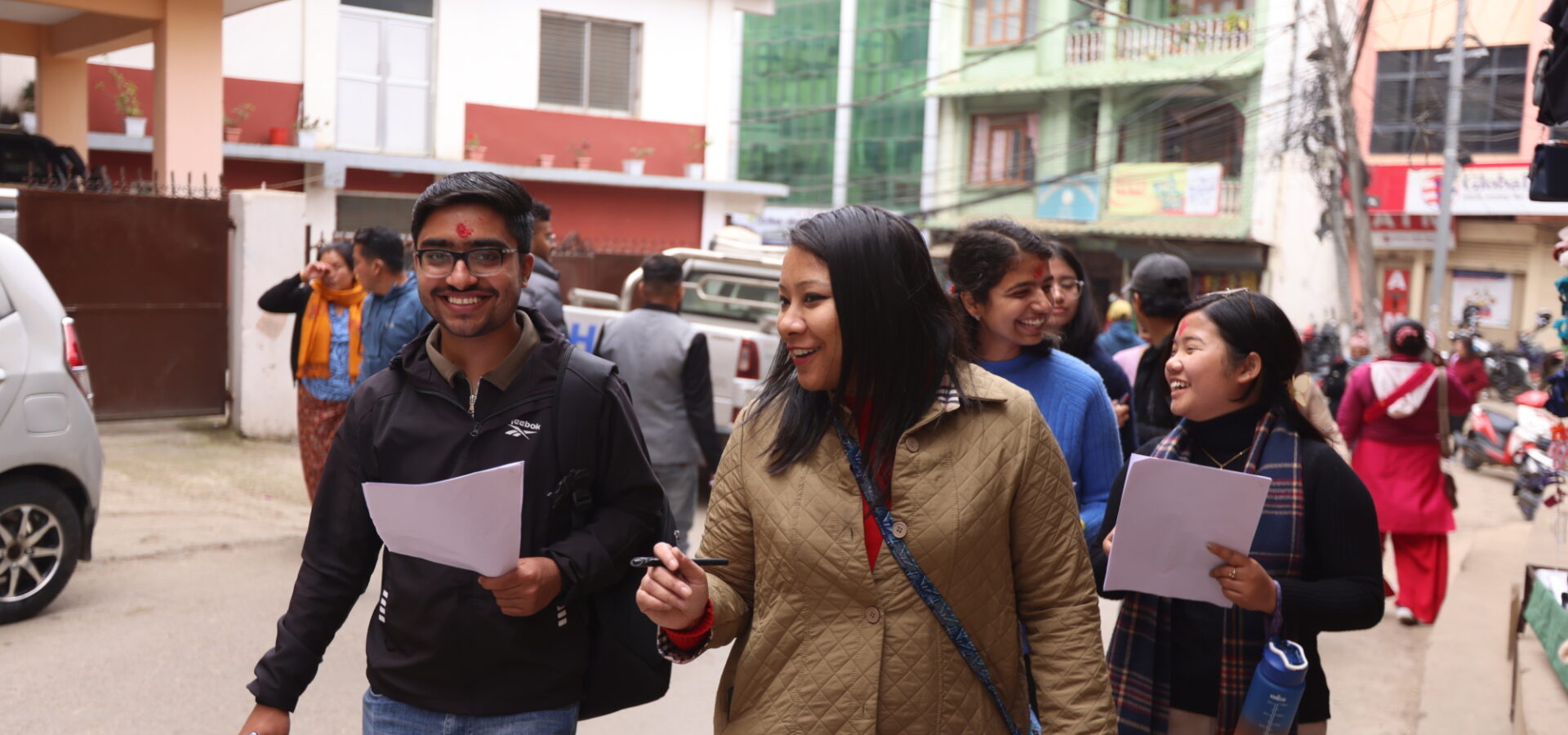
Urbanization brings both opportunity and pressure. By equipping local governments with the right training, tools and financing, Nepal is showing how cities can grow in ways that work for everyone – a lesson with relevance far beyond its borders.
The world is already urban, with nearly 60 per cent of the global population calling cities home. What’s more is that urbanization is accelerating: in the next five years, nearly 400 million more people will be born in or move to cities.
Cities are expanding fast and shaping the social, economic and environmental future of countries.
Yet, many local governments lack the data, tools and resources to plan effectively. Information on demographics, infrastructure, climate risks and socio-economic conditions is often incomplete. Without it, governments struggle to design sustainable solutions for their growing populations.
Strong urban governance goes beyond building roads and markets. It requires planning frameworks, financial systems, community participation and long-term strategies for maintenance.
The hidden gaps behind city expansion
In South Asia, the urban population grew by 130 million people in the past decade. In 20 years, the region will be mostly urban.
This shift reflects greater growth and prosperity. For instance, Nepal is set to graduate from least developed country status next year. People and businesses are moving to towns and cities to access basic services they do not have in villages like education, health care, electricity and internet connectivity. This, in turn, boosts the cities’ productivity.
But rapid urban growth also brings major challenges. While cities attract people and businesses, local governments often struggle to keep pace with rising demands.
In Dhanghadi, Sunwal and Tansen, for example, women entrepreneurs have already experienced these pressures first-hand. At a weekly market, vendors explained how poor infrastructure had long limited their ability to grow their businesses. But after the market was redesigned with a wide range of stakeholders to be more inclusive and user-friendly, more visitors began stopping by. The result was not only higher incomes for women vendors but also increased confidence to expand their enterprises.
Consider Nepal more broadly, where many local governments still face data gaps. These gaps limit their ability to plan, design, finance, construct and maintain essential urban services – from drainage systems to public open spaces.
To bridge these gaps, the Cities 4 Women: Inclusive and Climate Resilient Urbanization in Nepal project is supporting eight local governments, equipping them with the skills and systems they need for sustainable and inclusive urban growth. The project is funded by the European Union and the government of Finland, led by the Ministry of Urban Development and implemented by UNOPS, UN-Habitat and Cities Alliance.
Powering cities from within
Local government officials received hands-on training in inclusive, gender-sensitive and climate-resilient planning to encourage them to prioritize the needs of women, youth and children, the elderly, people with disabilities and other vulnerable groups when planning for the city's growth. The project also helped local governments strengthen safeguards against sexual exploitation, abuse and harassment while providing training on health, safety, security and environmental standards.
To make planning more effective, the project embedded urban planners in local government offices. These urban planners helped officials apply participatory approaches to urban infrastructure planning and design. Local governments also gained access to Geographic Information System-based planning tools – such as the TagMe app – along with practical guidelines and manuals to support evidence-based decision-making.
Local government officials described how this approach shifted their perspectives. In the past, community participation had often been discussed as an abstract goal. Through this project, they saw how genuine engagement could reshape public open spaces – everything from markets and children's playgrounds to sports fields, parks and streets – to reflect the needs of residents better.
What once felt like a procedural step had become a driver of real transformation.
Recognizing that skills alone are not enough, the project supported local governments in accessing national grants, international funds and public-private partnerships through a co-financing mechanism. Peer-to-peer learning was also encouraged, with exchanges that allowed local governments to share lessons, challenges and innovative approaches, both nationally and internationally.
The next generation of cities
The effects of inclusive planning are also visible at the neighborhood level. In Sunwal, a man with a disability explained how urban planning had too often overlooked people like him. Instead of focusing narrowly on ramps, he worked with planners and designers to co-design solutions that addressed multiple needs – from accessible toilets and smoother pathways to clear signage and well-placed seating. With people with disabilities actively engaged in every municipality, the project ensured that public spaces became truly welcoming, showing the power of lived experience to inspire more inclusive design.
Building the capacity of local governments is not a one-off activity. It is an ongoing investment in skills, systems and governance. As Nepal’s cities continue to grow, empowering local governments to deliver inclusive, climate-resilient and well-maintained urban infrastructure will be essential for achieving the country’s development goals.
Urbanization is not just Nepal’s story – it is a defining challenge of our time. As cities everywhere grapple with growth, climate risks and rising demands, Nepal’s experience offers a powerful reminder that the future of cities will be written locally, but its impact will be felt globally.
By equipping local governments with the right tools, skills and resources – bridging data gaps, strengthening systems and fostering participation – urban growth can become a catalyst for resilience, equity and opportunity.
Investing in inclusive and climate-smart governance is a blueprint for countries everywhere seeking to turn the challenges of urbanization into opportunities for fairer, stronger and more sustainable cities.
Barsha Shrestha and Ilija Gubić
Barsha Shrestha, UNOPS architect and urban planner, pursuing a PhD in urban planning. She has 10 years of experience in sustainability, resilience, energy efficiency and post-disaster planning, with multiple national and international awards.
Ilija Gubić, architect and urban planner with 15 years of UN experience. He leads projects on sustainable urbanization, post-disaster recovery and public open spaces and manages the Cities 4 Women project in Nepal for UNOPS.
